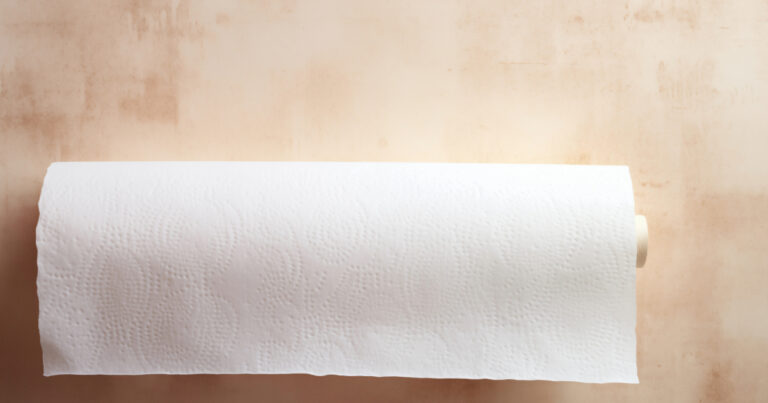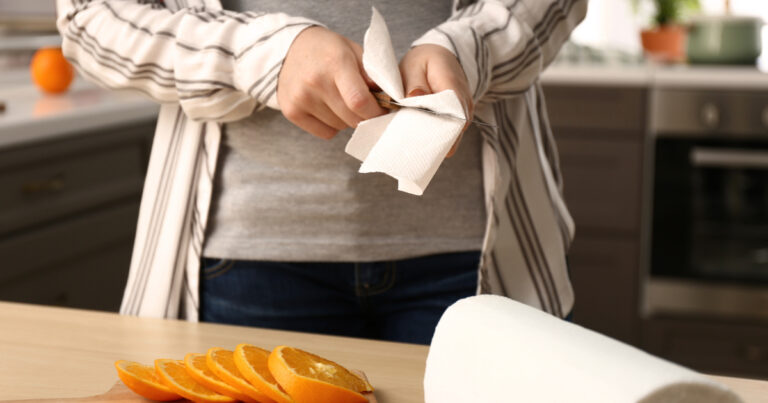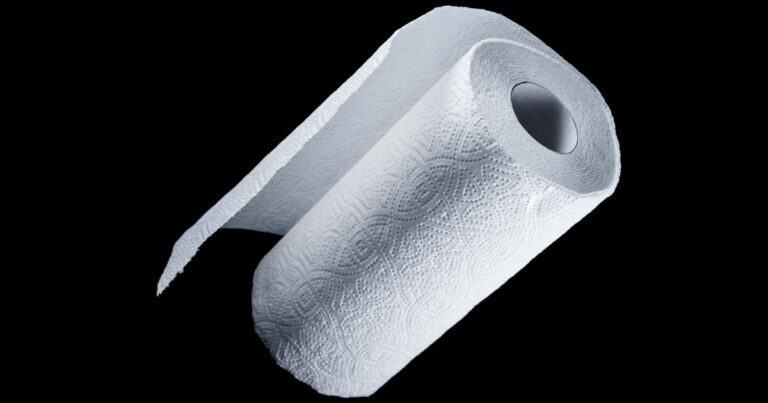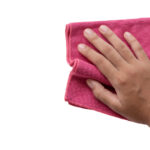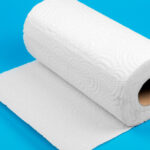Paper towels and paper napkins are two common household paper products that many people use for cleaning, wiping, and absorbing spills.
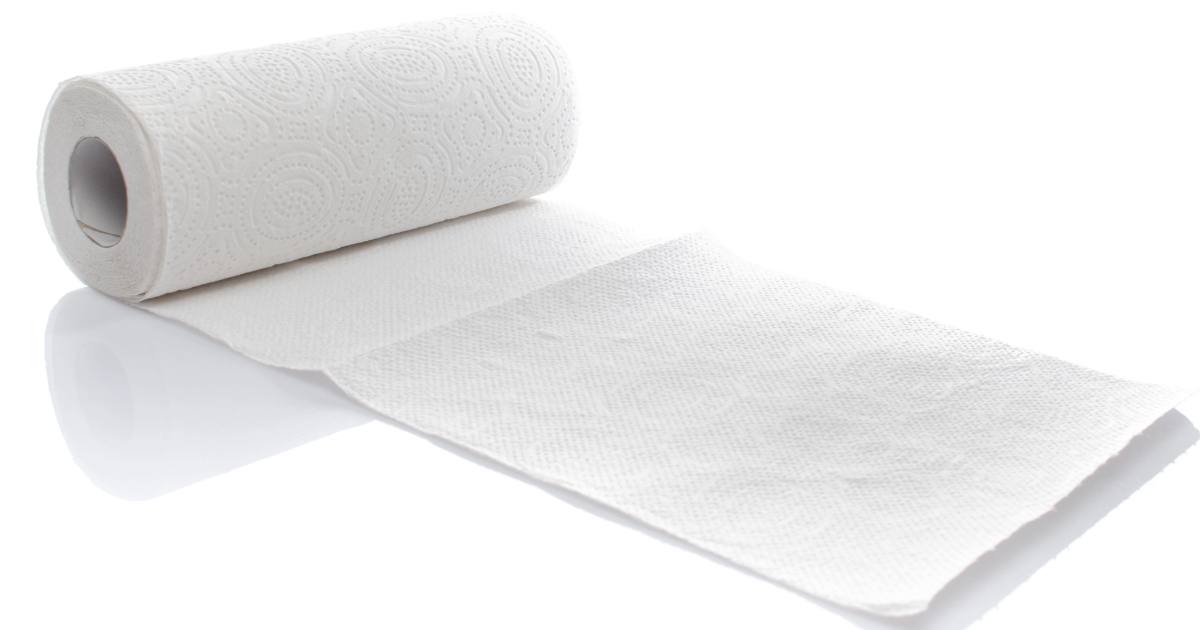
But what exactly is the difference between them, and when should you use one versus the other?
What Are Paper Towels and Paper Napkins
Paper towels are thicker, more absorbent sheets of paper that come wrapped in a roll. They are designed for tasks like wiping kitchen counters, soaking up spills, cleaning hands, and other utility uses.
Paper napkins are thinner, smaller sheets of paper folded into squares or rectangles. They are meant for use during meals – placing in your lap, wiping your mouth, etc.
| Factor | Paper Towels | Paper Napkins |
|---|---|---|
| Typical size | Large sheets, often sold perforated into smaller sections or half sheets | Small, square or rectangular folded sheets |
| Materials | Thicker paper, higher fiber content | Thinner paper |
| Absorbency | Very high, meant to soak up liquid spills | Moderate absorbency |
| Durability | Stand up well to scrubbing, wiping, cleaning | More delicate, tear easily |
| Cost | Typically 3-4 times more expensive than napkins | Cheaper for the amount of paper |
Key Takeaway: Paper towels are larger, more durable sheets for utility use, while napkins are smaller folded sheets meant for use during dining.
Materials Used in Paper Towels vs Napkins
The type of raw materials and paper-making process differs quite a bit between paper towels and napkins. This impacts the final product performance.
Paper Towels
Most paper towels today are made using a blend of virgin wood pulp and recycled paper content. This allows them to balance absorbency from the virgin pulp with sustainability benefits from recycled paper.
Paper towels designed for cleaning also incorporate longer paper fibers which provide strength and tear resistance. Multi-ply construction further improves their durability.
Common paper towel materials:
- Virgin wood pulp + recycled paper content
- Longer paper fibers
- Multi-ply construction
Paper Napkins
Paper napkins utilize virgin wood pulp, like that made from sustainably grown timber. Some also incorporate smaller proportions of recycled paper fibers and alternative plant fibers like straw or cotton.
As they don’t require high wet strength, paper napkins use shorter paper fibers. Most are also single-ply or two-ply as they simply need to be absorbent without adding unnecessary bulk.
Common paper napkin materials:
- Virgin wood pulp
- Shorter paper fibers
- Single-ply or two-ply paper
In recent years, some napkin manufacturers like Seventh Generation have released lines using 100% recycled paper. This allows paper napkins to become more sustainable.
Key Takeaway: Paper towels use a blend of virgin and recycled fibers to provide strength and absorption. Napkins are often single-ply and use mostly virgin pulp for softness.
Cost Comparison Between Paper Towels and Napkins
In most stores, paper towels are significantly more expensive than paper napkins. Based on a cost-per-square-foot analysis, paper towels can be 3 to 6 times more costly on average.
For example, a common price comparison is:
- 250 count pack of standard two-ply napkins: $3
- 6 count pack of Brawny paper towels: $5
There are a couple reasons driving this price difference:
- More raw materials: Paper towels use more virgin tree pulp and a greater paper fiber content overall during manufacturing. More materials equals higher cost.
- Wet strength additives: Chemical additives to improve the wet strength of paper towels also adds expense. Napkins require no additives as they are not used for cleaning soaked spills.
For the consumer, it may seem like better value to just substitute paper towels wherever possible. However, keep reading to understand why napkins still deserve a place in your home.
Environmental Impact of Paper Towels vs. Napkins
Understandably, many environmentally-conscious consumers worry about the impacts of relying heavily on disposable paper products.
So what’s the more sustainable choice – paper towels or paper napkins?
Paper Towels
Recycled paper towels provide the greenest option here. Major brands like Bounty offer paper towel rolls containing 90% or more post-consumer recycled paper. This drastically reduces new tree pulp demands.
Still, there are some negatives when relying entirely on paper towels:
- Roll format encourages overuse
- Used more frequently than napkins, multiplying waste
- Must replace continually once roll is depleted
By slightly adjusting how we use them, paper towels can be a conscious choice:
- Purchase smaller individual half-sheet rolls
- Use only as necessary for cleaning messes and spills
Paper Napkins
While traditionally made from virgin tree pulp, paper napkins have the benefit of moderation. They are only used periodically during meals, not continually like paper towels for cleaning and wiping tasks.
When choosing paper over reusable cloth napkins, look for these sustainable options:
- 100% recycled paper napkins: An eco-friendly choice that reduces tree pulp demands
- Unbleached napkins: Avoid whitening processes involving chlorine and its derivatives
- Minimal packaging: Choose bulk napkin packs rather than boxes or plastic wrappers
Used responsibly only when dining, paper napkins create notably less net waste over time than paper towels used in cleaning.
Usage of Paper Towels and Napkins
Deciding when to use each product depends greatly on the task at hand: eating vs cleaning, delicateness required vs durability needed. Below are the standard conventions on when to choose paper towels or napkins.
Uses for Paper Towels:
- Cleaning counters, appliances, surfaces
- Wiping cabinet doors and fixtures
- Soaking up spills around the home
- Drying hands in the kitchen or bathroom
- Wrapping up food items like vegetables
- Temporary placemats or trivets in a pinch
Uses for Paper Napkins:
- Wiping hands and mouth during meals
- Placing in lap to protect clothing from food drips/spills
- Using under bowls or plates at the dinner table
- Serving snacks like popcorn or finger foods
- Lining cake pans for easy release
- Making into drink coasters
In general, if you are eating – use a napkin. If you are cleaning or prepping food – grab a paper towel.
The exceptions? People commonly resort to using whichever is on hand at the moment, regardless of conventions.
Some other interesting napkin vs paper towel user insights:
- College students and young adults are particularly prone to eating meals with a nearby roll of paper towels in lieu of napkins
- Larger families and households report higher rates of paper towel usage across all functions due to convenience
So cultural norms are certainly shifting away from napkin-only dining!
Absorbency Differences Between Napkins and Paper Towels
The key variation setting apart paper towels and paper napkins comes down to absorbency.
As cleaning aids meant to sop up all sorts of food and liquid messes, paper towels are engineered for maximum wet strength using the highest quality paper fibers and ply constructions. Most standard kitchen paper towels can hold over 10 times their weight in liquid!
In comparison, paper napkins use shorter paper fibers and single to two-ply construction to balance softness and absorption ability. The best paper dinner napkins on the market today typically absorb around 4-6 times their dry weight.
Still, while paper towels edge out paper napkins, even a basic one-ply napkin can effectively clean hands and mouth during casual dining. You don’t need the full cleaning power of paper towels when simply eating pizza on the couch or a sandwich at your desk!
For this reason, napkin manufacturers have recently innovated to narrow the absorbency gap. Examples like Vanity Fair Extra Absorbent Napkins bring the wet strength of paper towels to the dinner table through use of compressed ply technology and longer fibers.
Key Takeaway: Paper towels feature far greater absorbency by weight, but standard paper napkins still suit most casual dining needs. New “ultra absorbent” napkins also help bridge this gap.
Durability Differences Between Paper Towels and Napkins
Durability represents another key performance difference that stems from the unique production methods used for paper towels versus paper napkins.
Paper Towels
High ply counts, dense compressed sheets, and long paper fibers enable paper towels to stand up well to vigorous scrubbing, repeated reuse, and extended soaking of spills.
Wet strength additives also prevent the structural integrity of paper towels from breaking down during cleaning tasks.
As a result, the average paper towel maintains decent strength even when totally saturated. This prevents shredding or making a mess even worse with tiny paper shreds flying around! The ability to effectively clean tough messes relies first on durability.
Paper Napkins
Paper napkins conversely utilize shorter fibers and single to two-ply construction to reduce material usage and cost. More plies would simply add unnecessary bulk at the dinner table.
The result? Napkins tear and fall apart easily when subjected to heavy scrubbing or wiping. Excess liquid causes them to disintegrate rapidly.
However, paper napkins only aim to gently wipe hands and mouths after casual eating. They do not need to withstand aggressive cleaning. For their intended use case, standard durability suits most diners well.
FAQs
Which is more environmentally friendly – paper towels or napkins?
It depends on a few factors, but recycled paper towels and 100% recycled napkins provide the greenest disposable paper options overall. Responsible consumption habits also play a major role here for both products.
Are paper towels or napkins more sanitary?
Studies show no difference. As long as hands or faces are cleaned effectively, the choice of paper product does not impact sanitation or spread of germs. Proper washing afterwards is key.
Why are paper towels more expensive than napkins?
Paper towels require more raw materials, virgin pulp, chemical additives for wet strength, and generally more calendering/production processes that drive up costs. Their utility and cleaning focus command higher prices.
Should cloth or reusable napkins be used instead of paper?
Reusable cloth napkins provide the most eco-friendly solution over the long run. However, occasional use of recycled paper napkins is unlikely to cause major environmental harm. Choosing cloth comes down to personal habits and effort.
Can paper napkins substitute paper towels for cleaning tasks?
While in a pinch people use basic one-ply napkins for minor spills and wiping, they lack the durability and absorbency needed for most cleaning jobs. For best results, use paper towels for cleaning and paper napkins for dining only.
Conclusion
Paper towels and paper napkins occupy a similar purpose as disposable paper products for wiping and cleaning.
However, they exhibit very distinct designs, materials, and performance differences that dictate their suitable applications.


